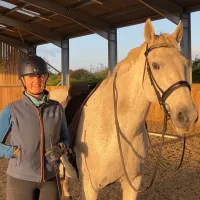Spooky horse transformations
Join the 000's of riders who have
fallen back in love with riding their
confident and connected horses
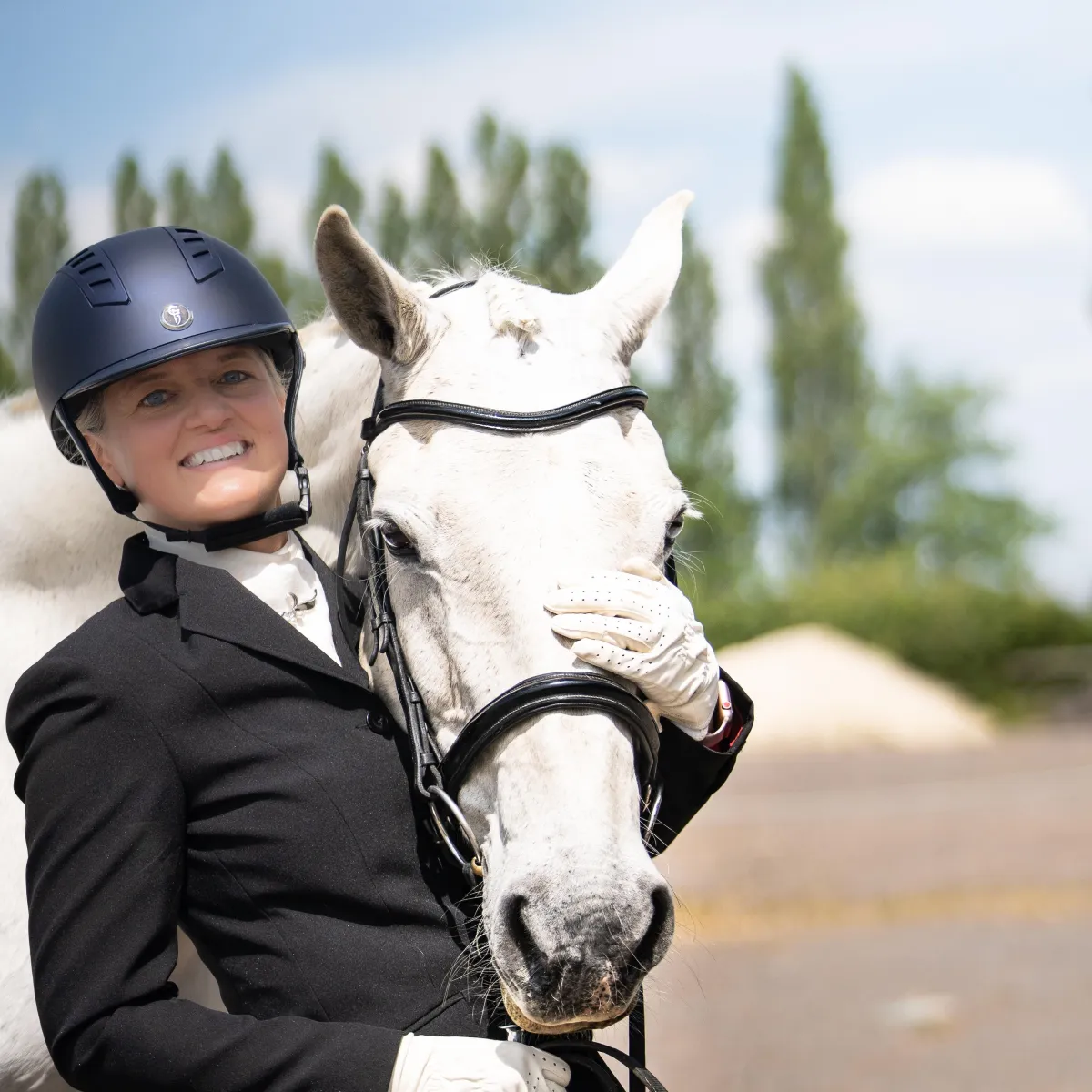
Lyla Cansfield
Hi, I am Lyla and I believe that success with horses comes from understanding and connection.
I specialise in providing a unique blend of horsemanship principles alongside sensitively applied traditional ground and ridden techniques for riders of any discipline to achieve transformational results with their horses.
I believe that horses are happier and will respond better to training in any sphere when they understand your expectations and you understand theirs.
Enquire now for the complete spooky horses course
Ready to make a start falling back in love with riding your horse?
Tap the button below to find out more...
Services

Online Coaching
Online courses with coaching options, you choose how much support you want to achieve your goals
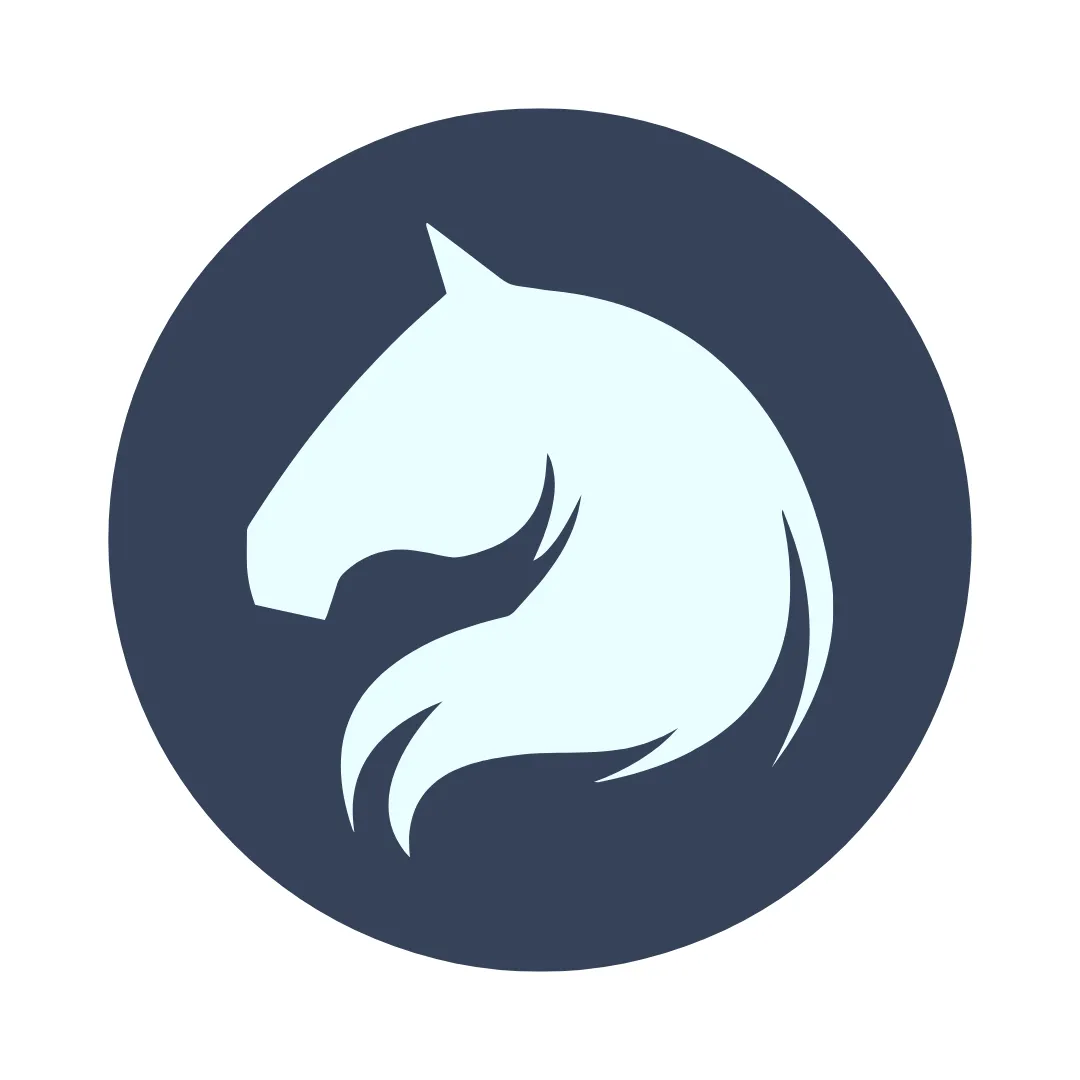
1-2-1 consultations
Consultations and problem solving sessions, online or live at your yard
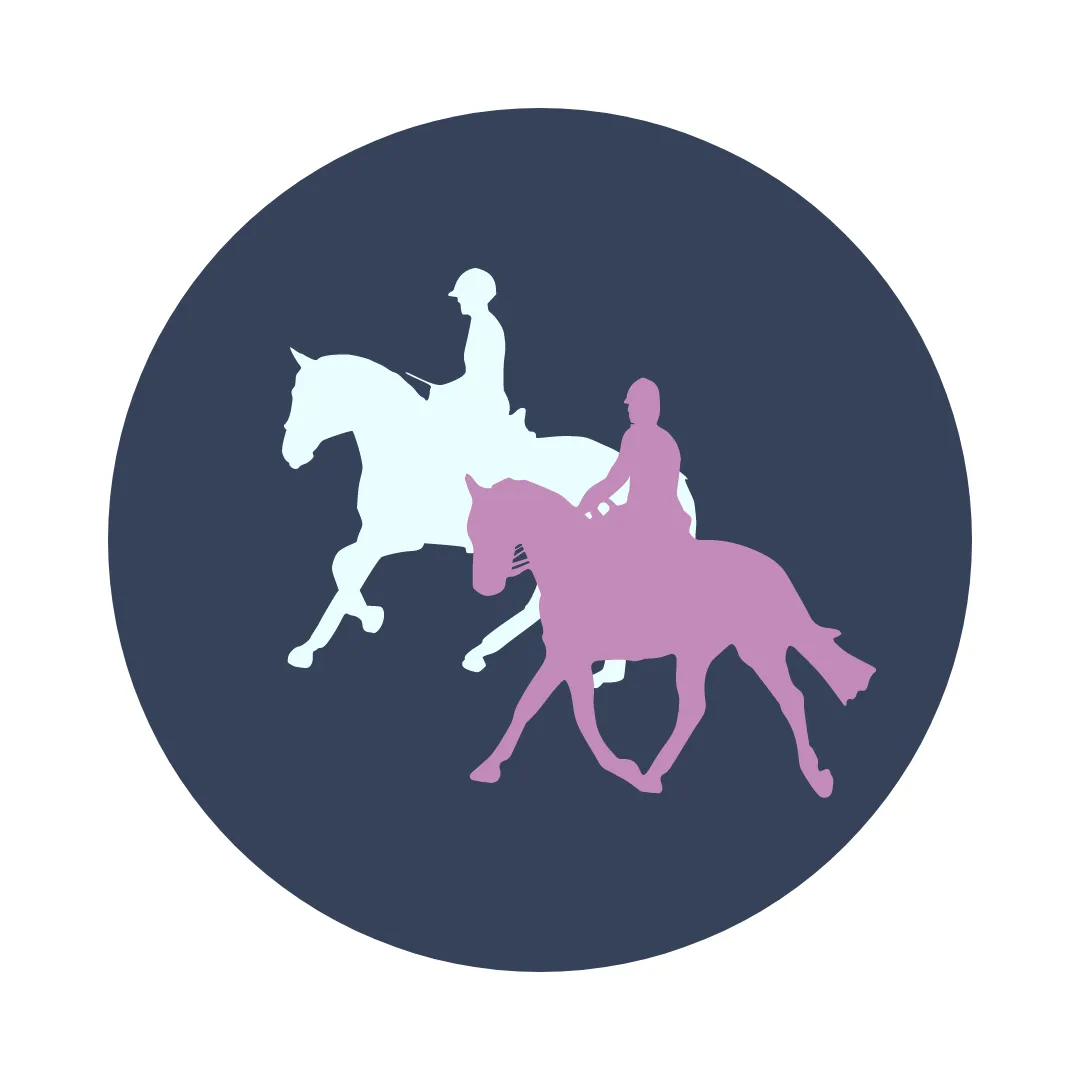
clinics & Events
Summer camps and clinics in the UK and internationally
CLIENT RESULTS
Happy Clients
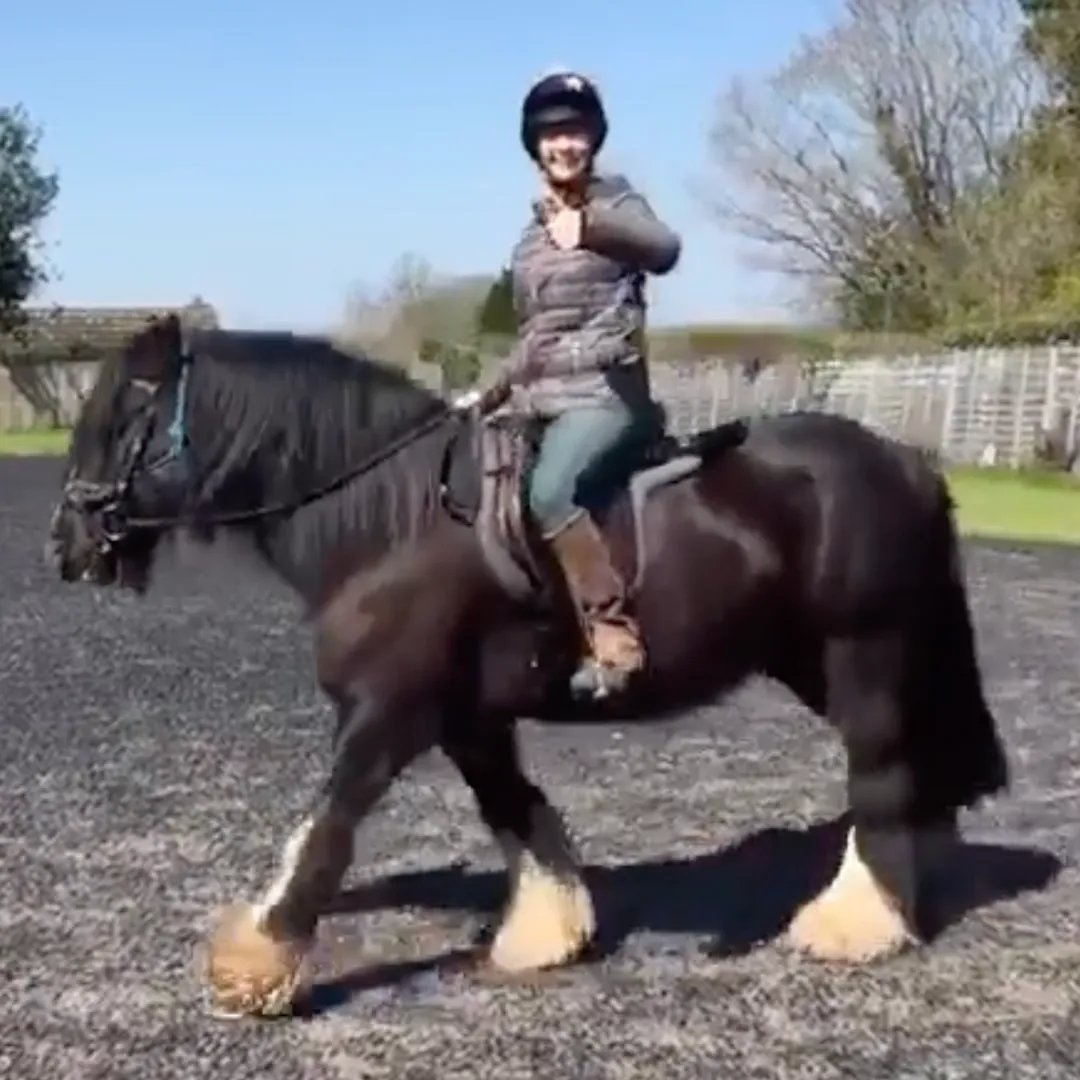
"I am much happier to ride my horse now that I understand when he is relaxed and connected. How to read his body language from the saddle and what to do if he becomes anxious."
Helen & Troy
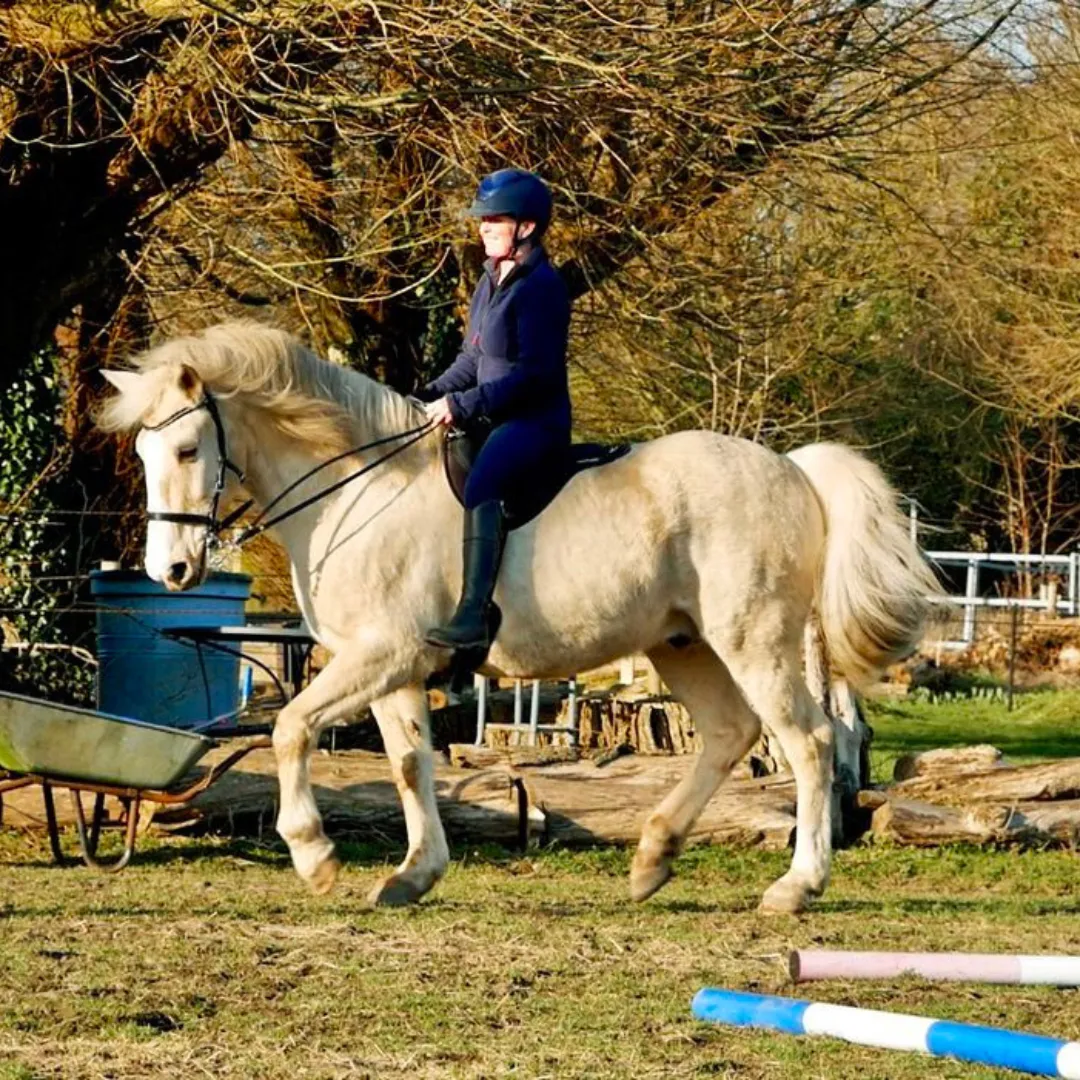
"I feel liberated. We've been stuck in the local equestrian centre for most of our schooling sessions, now I can benefit from riding in other environments and places."
Zaria & Amigo

My Horse Won’t Go Forward – Understanding and Solving Napping
Let’s talk about one of the most frustrating moments in riding: the horse that just. won’t. go. You sweat, kick, plead—and they still plant their feet or move backward. Ugh!
Here’s the golden rule: Don’t let frustration take over. (Easier said than done, I know!) But seriously—if you feel yourself getting emotional, stop, breathe, and reset. Frustration only makes things worse and slows progress.
First: Understand Why Your Horse is Napping
There are usually three reasons:
Pain – something physically hurts.
Fear of what’s ahead – something looks scary.
Fear of leaving comfort – they don’t want to leave the yard, field, or their friends.
Our human brain often associates napping as stubbornness, but most of the time, your horse is anxious—not lazy.
Example: Scared to Leave the Yard
These horses are saying, "It’s scary out there!" The fix? Start small. Go just through the gate, then turn back. Do short, easy loops and gradually build confidence. You’re showing your horse that leaving doesn’t mean they’ll be dragged miles away from everything familiar.
Example: Spooked by Something Ahead
This one’s easier to spot but can be harder to work through. And here’s the key—escalating pressure doesn’t help. Getting angry or kicking hard usually makes things worse. That’s when horses start spinning, rearing, or backing up.
The first thing to understand is that getting angry, aggressive and increasing the pressure you put on your horse rarely works, if anything it usually makes things MUCH worse. This is when horses start to rear, spin or run backwards because not only are they trying to get away from the scary situation now they need to get away from YOU as well!! 🙈
So how do you get your horse to go forwards when they really don't want to?
Unfortunately many riders are hard wired to start kicking with our legs the second our horse slows down, for a napping horse this is often the worst thing to do. Your horse is already thinking about stopping rather than going, often kicking will just create a more negative reaction.
Why is that? It’s because, if you are constantly kicking or squeezing to keep your horse moving forwards then there is no release. There is no comfortable place for your horse to move into and therefore little incentive to keep going.
I recently worked with a horse who had a serious case of the brakes—he’d stop, plant his feet, and absolutely refuse to go forward. His owner was understandably frustrated. She described him as lazy, said he just didn’t want to do it, and when he did move, he was so slow it only made things worse.
So, what did we do?
Well… the first thing I asked her to do when he stopped was to relax—and rub him.
Yep, you read that right. Stop and give him a rub.
Cue the dramatic gasps 😲
"Wait, what?! Rub him? Isn’t that rewarding bad behaviour?"
Not at all. Here’s why: in most napping cases, it’s not defiance—it’s discomfort, confusion, or anxiety. When we immediately react with pressure or frustration, we escalate the situation. The horse starts to feel overwhelmed, and that’s when things spiral—rearing, backing up, spinning... you know the drill.
By stopping and giving your horse a rub, you’re breaking that emotional cycle for both of you. You’re saying, "It’s okay, let’s take a second." It gives your horse a moment to reset, and it helps you stay calm too—which is massively important.
So once both horse and rider had taken a breath, I asked her to apply a gentle leg aid—no kicking, just a light squeeze.
If he didn’t move off that, then came the next step: tap-tap-tap with the stick. And I don’t mean whacking him—I mean the annoying little tap like a persistent fly. Not painful, just mildly irritating.
NOTE: This is NEVER hit your horse with the stick, it’s more like ‘bug your horse’ just enough tapping that your horse starts to feel ‘that’s annoying, how do I get rid of this tapping a bit like they would with a horse fly'
The second he took a step forward—even the tiniest one—legs off, stick away, and reward. I wasn’t looking for speed or style. I just wanted forward. Progress over perfection.
And guess what? After a couple of sessions, this clever little horse started to realise, “Oh… when I stop, she asks gently. Then she taps. And if I go forward, all that annoying stuff stops. Hmm… maybe I should just keep walking.”
Ta-da! We now had a horse that was moving off the leg more willingly. He wasn’t exactly charging ahead, but that’s fine—we had something to build on.
Next step: once he was walking, we asked for a better walk. The rider would gently put her leg on again—if he ignored it, she’d use the same light tapping until he gave her the forward energy she wanted. And as soon as he did—legs off. Let him carry that walk himself.
We repeated the same process in trot, then canter. It took about 3–4 consistent sessions, but each time he got a little more responsive, a little more confident. The turning point was helping both horse and rider understand: ask clearly, release quickly.
And here’s the best bit: no arguments, no drama, no escalation.
Just a calm, cooperative horse who was no longer labelled as “nappy.” 🎉

